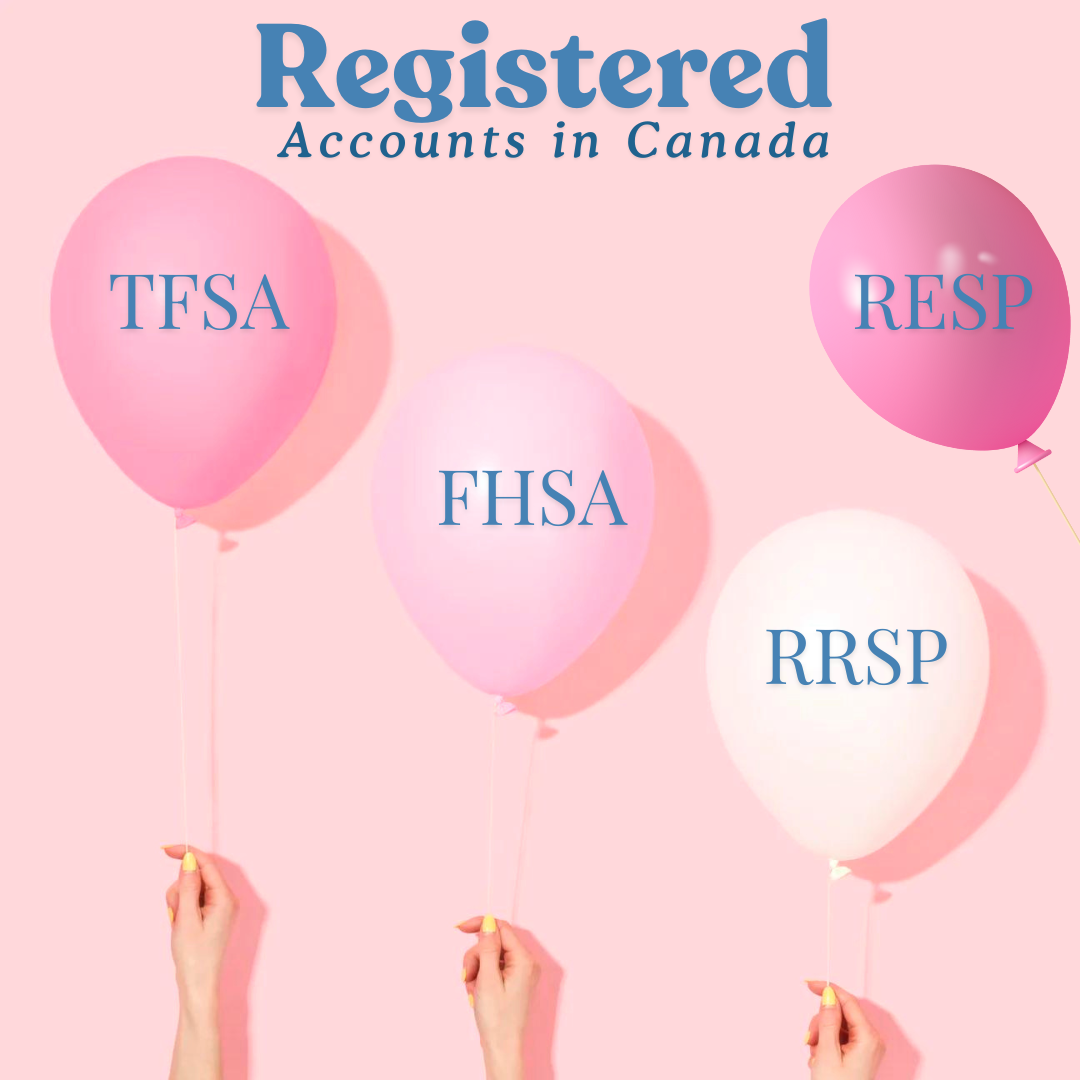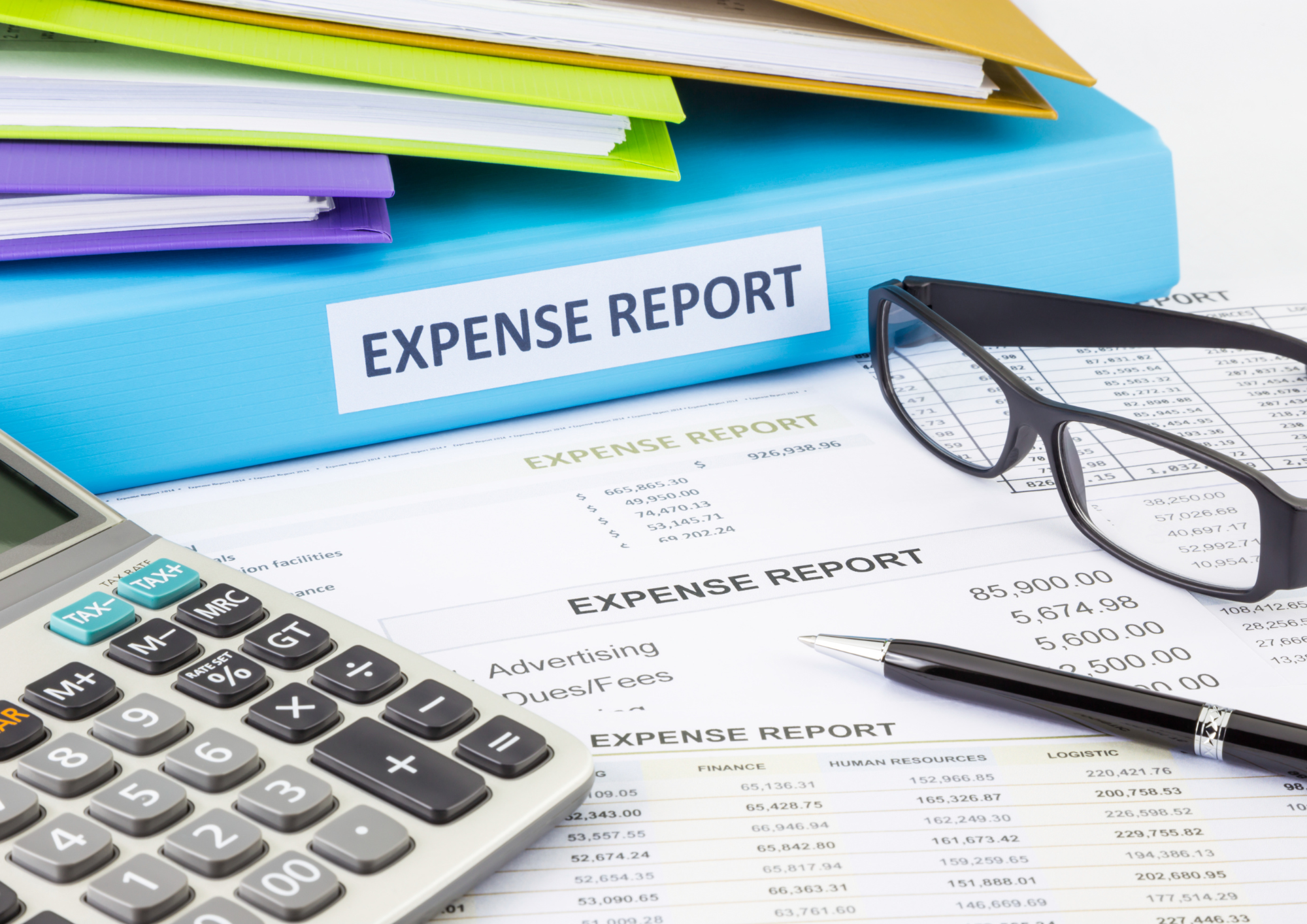What’s the difference between a RRSP vs. TFSA?
One of the most frequently asked questions I get is “what the difference is between a TFSA and RRSP?” And this question is usually followed with a second question, “which one is best and which do I recommend?” (This is another blog topic!)
What’s an RRSP?
- An RRSP is a Registered Retirement Savings Plan you can contribute into until you reach age 71.
- The deadline to contribute to an RRSP every year is in the first 60 days of the year (March 1 deadline). And you can contribute up to the maximum amount at any point throughout the year.
- The government allows you to contribute up to 18% of your prior year earned income, to a maximum of $27,830 for 2021. If you don’t make the maximum allowable RRSP contribution in any given year, Canada Revenue Agency (CRA) lets you carry forward the unused contribution room indefinitely and add this to the amount you can contribute for future years. Both your annual contribution limit and any carry-forward contribution room are shown on your notice of assessment.
Some of the benefits of investing in an RRSP are as follows:
- You don’t pay tax on the RRSP money until it’s withdrawn.
- You or your spouse/common law partner can contribute to your RRSP.
- Your contributions can be deducted from your income resulting in lower taxable income.
- You only pay tax on the money you withdraw from your RRSP. Therefore, if you wait until retirement to withdraw money from your RRSP, your tax rate will likely be lower since your earned income may be less at that time.
- RRSPs can also be used to finance a home. You can borrow money from your RRSP account for a down payment on your first home under the governments Home Buyers Plan. The money you borrow from your RRSP is tax free money, as long as you pay it back within 15 years after it’s withdrawn.
- RRSPs can also be used for education. You can borrow money from your RRSP to pay for full-time education under the governments Lifelong Learning Plan. Again, this money borrowed is tax free as long as it is paid back over a period of 10 years.
Because anyone with eligible earned income earns “RRSP contribution room”, you should file a tax return even if you owe no tax on your income. You can use this room in later years or immediately to put money in your RRSP.
What’s a TFSA?
- A TFSA is a Tax-Free Savings Account. The TFSA program was introduced in 2009 as a way for individuals, ages 18 and older to save money, tax-free, throughout their lives.
- TFSA contributions are not subject to income tax and any income generated or earned in the account is normally tax-free, even after it is withdrawn.
- The contribution room is set by the government each year. The TFSA contribution limit for 2021 is $6000. Since the introduction in 2009, the cumulative available room to invest in an TFSA if you have never invested in a TFSA is $75,500 as of 2021.
Some of the benefits of investing in a TFSA are as follows:
- You don’t pay tax on any money earned in a TFSA or on money you withdraw. For example, interest, dividends, and capital gains earned in a TFSA are tax-free for life.
- There’s no contribution deadline, which means you can contribute to a TFSA at any time. Any unused contribution room is carried forward on January 1 each year.
- If you withdraw money from a TFSA, you can add it back to your account (but you must wait until the following year to do so).
- You can gift money to your spouse to contribute to their TFSA. Your spouse can contribute into a TFSA without attribution of income.
Both RRSPs and TFSAs are simply accounts with some tax-saving features. You can choose to hold a variety of saving or investing products within an RRSP or TFSA (for example a GIC, open savings account, or mutual funds). If you would like to discuss your personal tax situation regarding RRSPs or TFSAs, please contact me to request a tax consultation.










